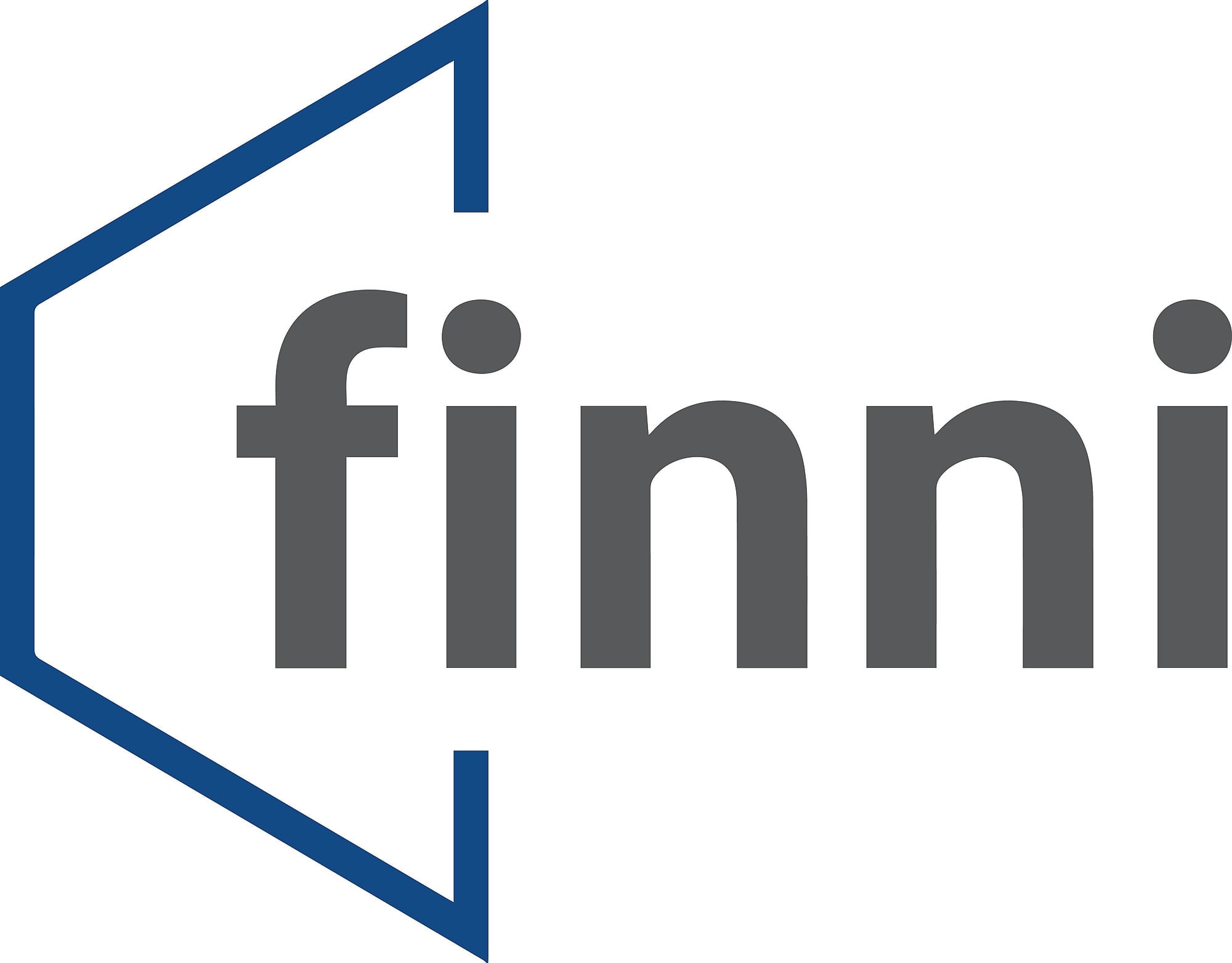Housing affordability improves for the first time since 2021: REIA
There was an uptick in housing affordability in several states recently but the number of first home buyers declined, according to new figures.

The Real Estate Institute of Australia’s (REIA) Housing Affordability Report for the March 2024 quarter has revealed that there was a modest improvement in housing affordability for homebuyers during this period for the first time in three years.
The proportion of income required to meet average loan repayments fell 1.0 percentage point to 46.7 per cent.
This could be attributed to the pause in interest rate hikes by the Reserve Bank of Australia (RBA) and stronger wage growth, the report stated.
The official cash rate remained at 4.35 per cent throughout the March quarter, while the quarterly average standard variable interest rate remained stable at 8.8 per cent and the quarterly average three-year fixed rate also remained stable at 6.8 per cent, REIA president Leanne Pilkington noted.
“This is the first improvement in housing affordability since a series of successive increases from the March quarter 2021 through to the December quarter 2023 saw this figure reach a high of 47.7 per cent,” she said.
Housing affordability improved by 2.2 percentage points in NSW, and 0.9 percentage points in Victoria and the ACT, while it also eased in Tasmania and remained stable in South Australia.
However, NSW was the least affordable state, with homebuyers requiring 56.3 per cent of their income to service their mortgage repayments, while Victoria ranked second (45.9 per cent), and Tasmania fifth (42.0 per cent).
South Australians required 44.2 per cent of their income to repay their home loans, while home buyers in Queensland needed 45.2 per cent, the ACT needed 34.3 per cent, and Western Australians 37.8 per cent.
Home buyers in the Northern Territory required the lowest proportion of their income to meet their repayments among all states and territories at 33.2 per cent.
Tale of two cities
While housing affordability trended upwards, the number of first home buyers (FHB) decreased by 17.9 per cent over the March 2024 quarter to 25,824. However, this was an 8.3 per cent increase compared to the 2023 March quarter.
The FHB segment now comprises 36.7 per cent of the owner-occupier dwelling commitments, down 0.9 percentage points over the quarter, but up 1.5 percentage points over the year.
The number of FHBs decreased in all states and territories, with Western Australia experiencing the smallest decline (down 11.5 per cent).
The Northern Territory was the nation’s smallest market with only 150 loans made to FHBs, but it had the largest decrease over the March quarter of 35.9 per cent.
The average loan size to FHBs increased by 0.7 per cent over the quarter and 6.9 per cent over the past 12 months to $518,510.
The average loan size to FHBs increased in all states and territories except Victoria, where there was a 0.4 per cent decrease. Western Australia had the largest increase (4.1 per cent) while NSW had the smallest increase (0.1 per cent).
The total number of owner-occupier dwelling loans also decreased over the March 2024 quarter by 15.8 per cent to 70,374, representing a 4.0 per cent increase over the past year.
The total number of loans decreased in all states and territories, ranging from 7.4 per cent in Tasmania to 35.9 per cent in the Northern Territory.
The average loan size to this segment declined by 1.1 per cent over the March quarter to $607,095, but this marked a 3.5 per cent increase over the 12 months.
The average loan size increased over the quarter in Queensland (1.1 per cent), South Australia (0.9 per cent), Western Australia (3.7 per cent) and the Northern Territory (1.3 per cent), and decreased in Victoria (0.1 per cent) and NSW (2.9 per cent).
While overall housing affordability improved, rental affordability declined across Australia over the March quarter by 0.5 percentage points to 24.4 per cent.
The declines ranged from 0.2 percentage points in Victoria to 0.7 percentage points in Tasmania.
Similar to housing affordability levels, NSW was the least affordable for renters (27.9 per cent), while the ACT was the most affordable (19.6 per cent).
If you’re looking to refinance for a better rate or the right rate for your clients at zero cost, contact Finni Mortgages’ experts and let us do the hard work for you.
Visit our website here or call 1300 002 023 to learn how we can help you!

